In an uncertain global economic environment, investors should structure portfolios that can weather the storm of a changing investment landscape.
“The world is in a permanent state of change, and instead of forecasting asset portfolio performance, we need to build investments fit for purpose,” says Dr Adrian Saville, investment specialist at Genera Capital, and professor of economics, finance and strategy at the Gordon Institute of Business Science.
Speaking at the High Street Auctions networking brunch last week, Saville said preparedness is not about forecasting, but building investment portfolios that remain relevant to changing circumstances.
With global headwinds such as stubborn inflation likely to persist, investors and businesses will need to think differently about how to operate in an ever-changing environment, he said.
To illustrate the changing world and how forecasting often misses the point, he said that at the beginning of 2020 no-one could have foreseen the effects of the Covid-19 pandemic on the world. In 2021 inflation rose globally, and in 2022 and this year the Ukraine war and ChatGPT are buzzwords in the business and economic environment.
He said it is important to understand how economic indicators such as GDP, inflation and interest rates affect the performance of different asset classes.
Free lunch
Equity earnings, for example, are driven by GDP growth, while inflation does serious damage to bonds. Drivers of listed property growth and earnings are similar to equities — these assets tend to favour low, stable inflation, and because property is a real tangible asset, it benefits from inflation.
“Diversification is ‘one free lunch’ in investing — hence it’s critical to build a basket of assets that behave differently to economic variables,” Saville said.
Regarding investment opportunities, it is wise to look at assets and geographies. Portfolios could include a bit of everything, including global bonds, equities, listed property and inflation-linked bonds.
He believes listed property, which has been a powerful driver of returns for SA investors, has a place in any portfolio. The SA listed property index (SAPY) and the all-property index (ALPI) recorded total returns of 19.32% and 18.17% respectively in 2022.
Since the Covid-19 pandemic many funds have been selling noncore assets to reduce debt, strengthen balance sheets and rebalance portfolios.
Ian Anderson, portfolio manager at Merchant West Investments (formerly Counterpoint Asset Management), said in the past 20 years SA listed property has outperformed SA equities in terms of total annual returns. The sector’s current forward yield is 9.3% with a comparable yield of 11.1% and an average payout ratio of more than 83%.
Anderson said the sector should be able to cope well with higher interest rates and experience moderate growth in profits and dividends over the medium term, though these are unlikely to exceed inflation.
In Merchant West Investments’ managed local and global portfolios Anderson said the relevance of assets is favoured over perceived quality. Locally managers like convenience and neighbourhood retail as opposed to large shopping centres. Geographically, it continues to favour the Western Cape where it sees untapped opportunities.
Its SA portfolio comprises listed property funds including Accelerate, Delta, Dipula, Equites, Emira, Fairvest B, Safari, Spear Reit and Stor-Age. Its global portfolio has investments in the UK, Europe and North America, with diversified assets including residential, retail, logistics, self-storage, healthcare, offices, towers and data centres.
“The SA listed property market is dominated by office and large malls, so to capture opportunities our portfolio needs to look very different to the market composition,” said Anderson.
In SA, auctions have become popular platforms to buy and sell prime real estate as they generate demand from buyers, enabling the seller to take advantage of the best offer. Auctioneers say this drives up the price and ensures the best possible return for the seller.
Yield upliftment
“We are seeing an increase in property from individuals to listed funds transacting through auctions, and with rising interest rates we expect this trend to continue,” said High Street Auctions director Greg Dart.
John Jack, CEO of Galetti Corporate Real Estate, said buyers generally seek properties where they can generate a yield upliftment, such as a retail centre with poor tenant mix and high vacancies. Investors can add value to these assets through refurbishments and tenant mix, and demand for space in these types of malls drives higher asking rentals.
“Supply still outweighs demand, hence buyers are on the hunt for vacant properties that they can purchase and occupy themselves. In future, once the market recovers, they should be able to generate a profit on this investment too,” Jack said.
Turning to JSE-listed stocks, Genera’s Saville said SA as a broad market is in fair-value territory — equities do not look overvalued and government bonds are attractively priced compared with other emerging market bonds.
In addition, he said, there has been a distinct bias in favour of large SA companies away from smaller ones.
Saville looks at infrastructure instead of cyclical drivers when structuring investment portfolios. SA has huge investment opportunities in infrastructure, hospitals and energy in the next 10 years.
Growing urbanisation and SA’s young population will continue to support a strong consumer market, making a case for investment opportunities.
However, he said load-shedding is a big risk for investment as it has increased the cost of doing business, making it difficult for some businesses to remain operational without alternative power.
Saville said the danger stems from what we haven’t seen, such as declining investment appetite, and he points out that the figures are substantial. He said SA needs clarity and consistency in policy implementation and the SA private sector has often shown that it remains a critical part of the solution.
He said the “six-pack” factors for a growth model include markets with a culture of savings and investments, demography, policy and institutions, education, health and openness.
Investors should focus on effectively positioning portfolios in line with the changing investment landscape, which could still deliver returns, he said.
Update: April 24 2022
An earlier version of this story stated that to illustrate the changing world and how forecasting often misses the point, Saville said that at the beginning of 2022 no-one could have foreseen the effects of the Covid-19 pandemic on the world. It is, in fact, at the beginning of 2020.

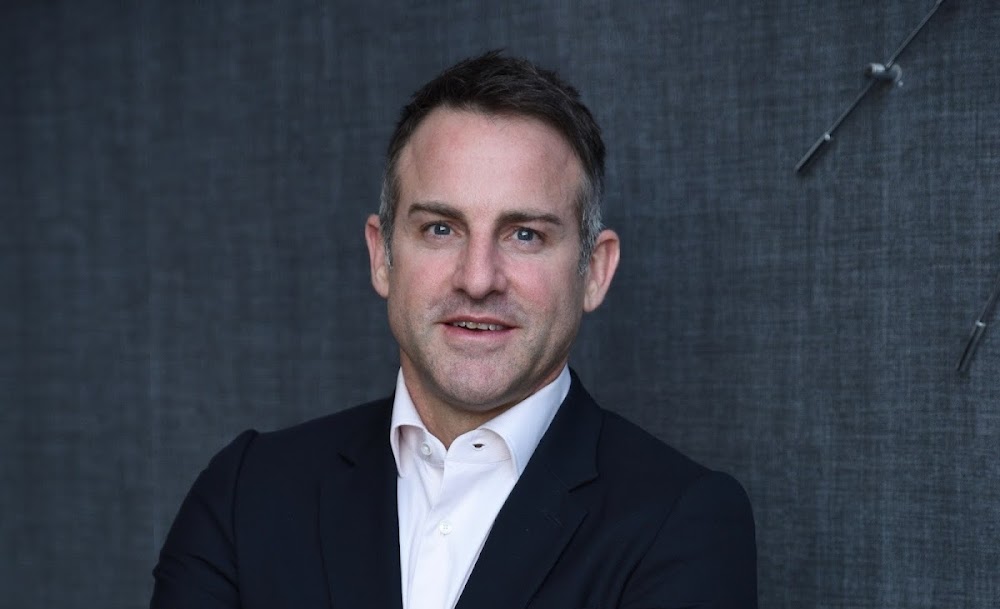
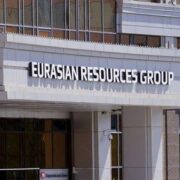


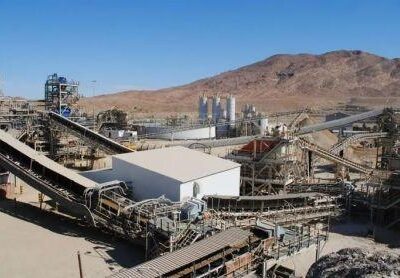
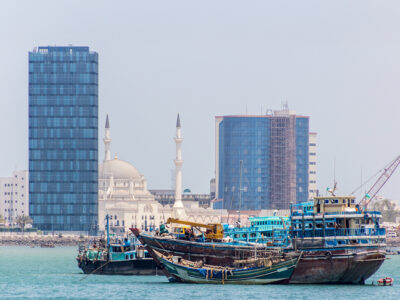

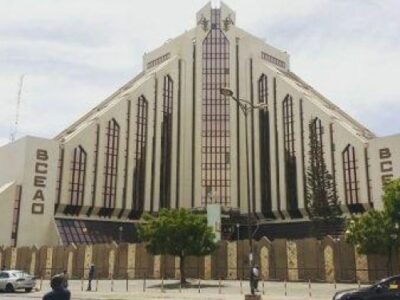

Comments